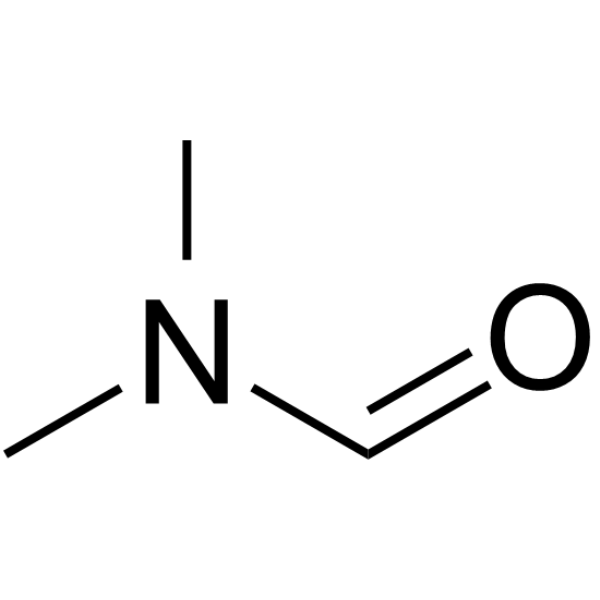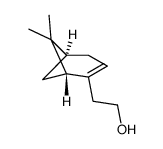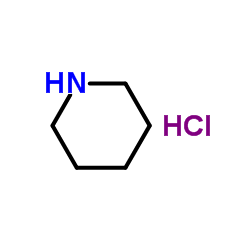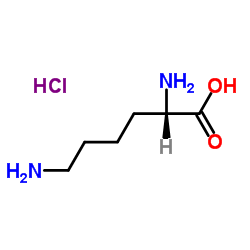| Structure | Name/CAS No. | Articles |
|---|---|---|
 |
Methanol
CAS:67-56-1 |
|
 |
Dichloromethane
CAS:75-09-2 |
|
 |
N,N-Dimethylformamide
CAS:68-12-2 |
|
 |
L-(+)-Lysine monohydrochloride
CAS:657-27-2 |
|
 |
(-)-NOPOL
CAS:35836-73-8 |
|
 |
Piperidine hydrochloride
CAS:6091-44-7 |
|
 |
L-Lysine hydrochloride
CAS:10098-89-2 |